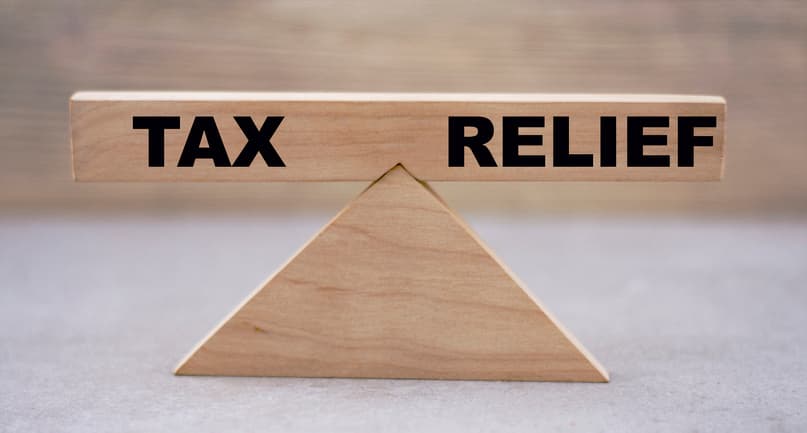
Published: May 16th, 2022 in Latest News
You may already be aware that in the UK companies can claim tax credits for qualifying Research and Development activity. The R&D tax relief schemes are administered by HMRC and are there to support businesses who try to improve their products and processes or overcome challenges.
Five questions to ask yourself to determine if you are eligible:
1. Do you develop new or regularly improve, products, processes, technology, and/or software?
To qualify the activity must achieve (or attempt to achieve) an advance to the overall field of science or technology (or an appreciable improvement achieved as a result of an advance) and not just a case of increasing your company’s own knowledge.
This could be in relation to the main function of your company or a smaller part. For example, you could be a cutting-edge business working on a brand-new technology, perhaps pharmaceuticals or life sciences. You could be a business where constant change and improvements are needed such as a manufacturing business.
In some types of businesses it is unlikely that you are relying on science or technology to get the job done; such as a florist, taxi driver, or care home.
2. How challenging is it for you to make these improvements?
To qualify as R&D activity there has to be uncertainty of the outcome. If you have total certainty that the improvement you were attempting would work, in exactly the way it was expected to, with only minimal effort, it is very unlikely to be considered qualifying R&D activity.
Another way to consider this is, are you using existing knowledge, capability, and skills; if so it is very unlikely to qualify. However, if you had to create new solutions to achieve the desired outcome then these could potential qualify.
3. How easy is it for you to find resources to help with these activities (such as specialist contractors or online resources)?
At the time you started the R&D project(s) what level of information was available in the public domain via the internet, trade magazines, patent applications, competitor websites, etc? Could you find specialist contractors or online resources to show you how to overcome the uncertainties your company faced?
4. How certain were you that you would get it “right first time”?
In other words, did you achieve the success or expected outcome on the first attempt, without going back to the drawing board for a second, third, or fourth time?
5. Did it take numerous attempts to get it right?
Have you invested in failed projects or developed products that have never launched?
Even if the outcome sought by a project is not achieved or not fully achieved, R&D can still take place. In fact an unsuccessful project could satisfy one of the tenets of evidence for qualifying R&D activity. It could be evidence of risk-taking and uncertainty.
Find out more
If you think that you do have R&D activity that could be eligible for tax relief then we can support you with this claim. It is possible to file an R&D tax credit claim with HMRC retrospectively, you have two years from the end of your accounting period to submit a claim.
We have a partnership with R&D tax relief specialist GovGrant who work with us to create the technical and financial reports necessary to evidence your claim. Contact us here at TFMC to discuss your situation in more detail.




